Loire Valley Castles and Culinary Treats
The Loire region of France is most famous for its grand royal chateaus from the renaissance. You’ll be happy to know that some of France’s best-loved culinary masterpieces come from the same area. Think, Tarte Tatin, quiches, and goat cheese! And of course a glass the local Sancerre is de rigueur to wash it all down. One of the oldest and far-reaching delicacies from the region is the Galette du Roi or King’s Cake. Let’s take a closer look at the Loire Valley Castles and Cake that make this part of France so remarkable.
Long Live the King (Cake)

Celebrating the Christian holiday Of Epiphany on January 6, or, Twelfth Night, the galette des Rois is an almond pastry delight. Flaky puff pastry encasing an almond cream filling. Hidden inside the cake is a small trinket (originally a “feve” or uncooked fava bean). Whichever guest ate the slice with the bean inside became the “King or Queen” of the party. Sold in bakeries throughout France this sweet treat is easy to make at home as well. (See recipe below)
It’s not surprising that such a royal cake has its origins in this area. The Loire River banks are sprinkled with grand castles all along its banks. Most were built by the Kings of the Middle Ages and the Renaissance periods.
Here are five of the most iconic Loire Valley Castles (Chateaux) you shouldn’t miss:
Chenonceau

Spanning the river Cher, the chateau of Chenonceau is one of the most popular Loire Valley castles to visit. Not only can you tour the grounds and interior, but you can also rent a boat to float around under the castle! Built in 1521, the chateau has been managed and lived in mostly by noblewomen of France. Grand parties and festivals were held here throughout the ages. This tradition continues in the present day with a full-service restaurant and cafe available for hungry tourists.
Chambord
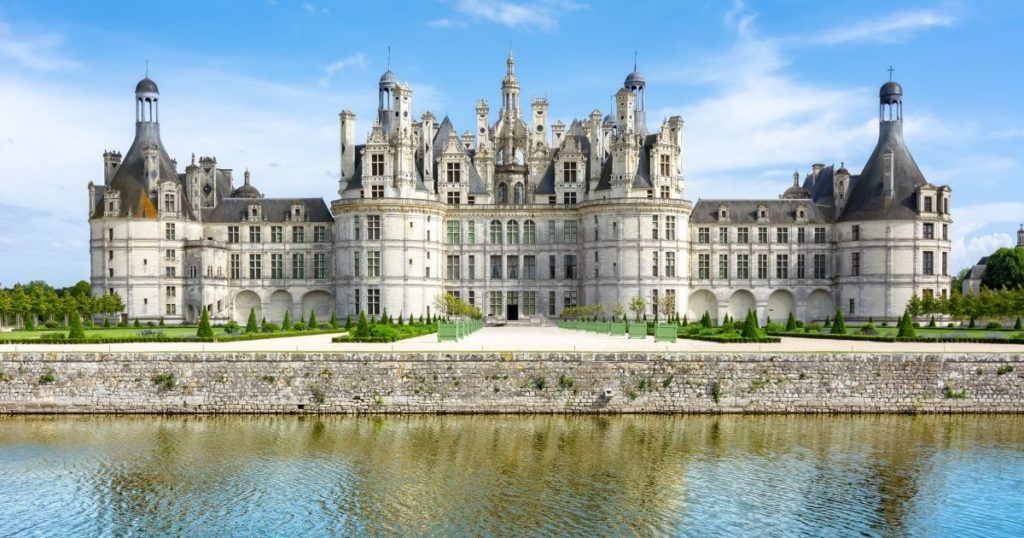
Taking 15 years to build, Chateau Chambord is the largest and most ornate Loire Valley castle. Constructed for the popular Renaissance King Francois I, Chambord has 440 rooms and sits on a 13,000-acre estate (the largest in Europe). You can see why this castle draws thousands of visitors every year. If you are planning to go, buy tickets in advance and arrive early in the day.
Amboise

The Chateau Amboise sits high along the banks of the Loire River. What began as a gothic fortress in the 15th century, became a renaissance masterpiece after being renovated and enlarged by the kings of France. Francois I spent his early years here before building the Chateau Chambord.
Da Vinci Home
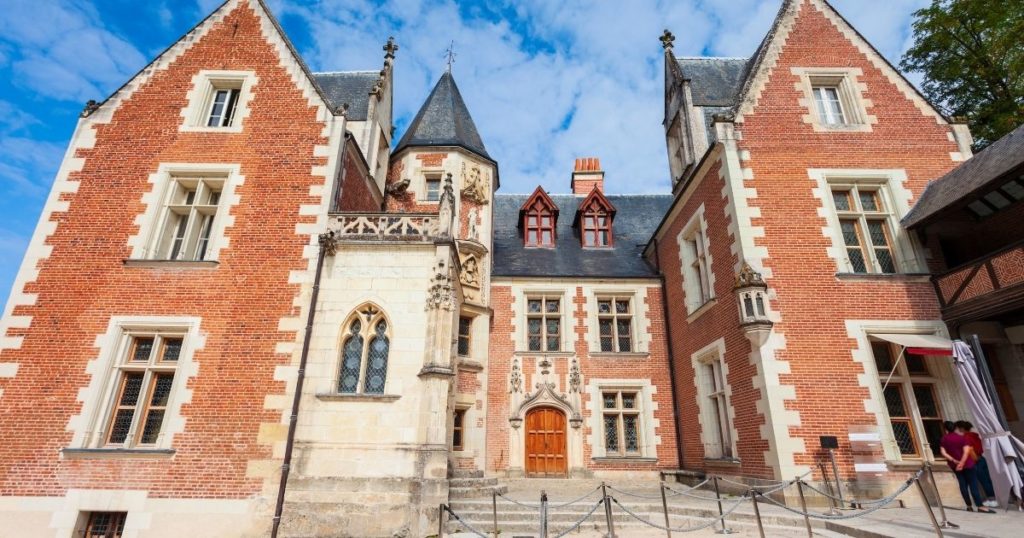
This grand manor, the Chateau du Clos Luce is just a short walk from the Chateau Amboise. It was the home of Leonardo DaVinci for the last four years of his life. He was invited to take residence here by King Francois I (living next-door). It was on this trip to France that Da Vinci brought the Mona Lisa into the country. While Da Vinci did not paint at this time, he worked on his fantastic mechanical inventions. Many of which have been constructed and can be viewed in the chateau and around the grounds.
Villandry
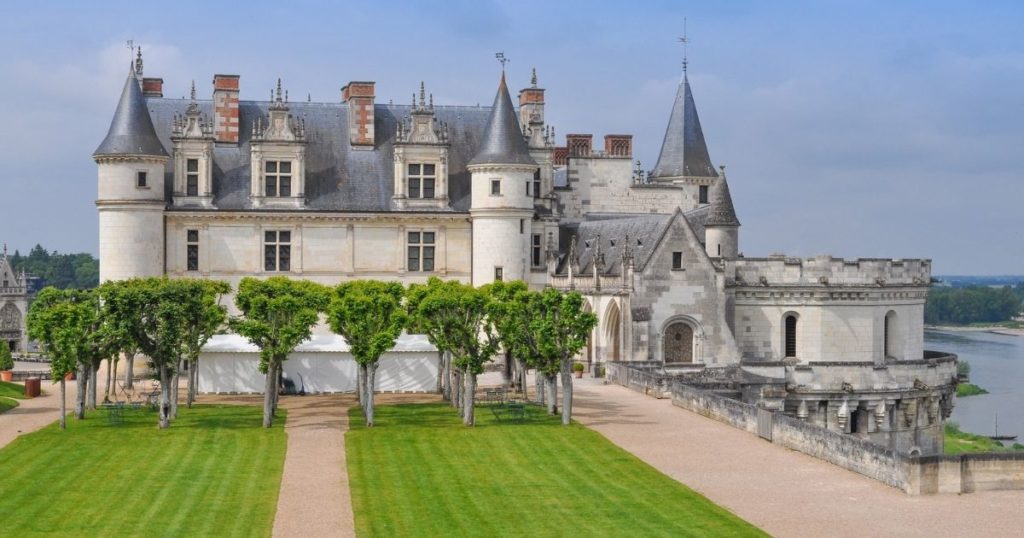
Known for its elaborate gardens, the Villandry Chateau also has a moat and Renaissance towers and terraces. It if from one of these towers that you will get the best view of the extensive flower, vegetable, and water gardens.
Top tip for visiting the Loire Valley Castles:
To fully immerse yourself in French Chateau life, grab a baguette, some cheese, and meats from a local market, then picnic on the grounds of the castle. Most Loire Valley castles have picnic areas or small parks for this very reason. You’ll see tourists and locals enjoying lunch on the grass at each grand estate.
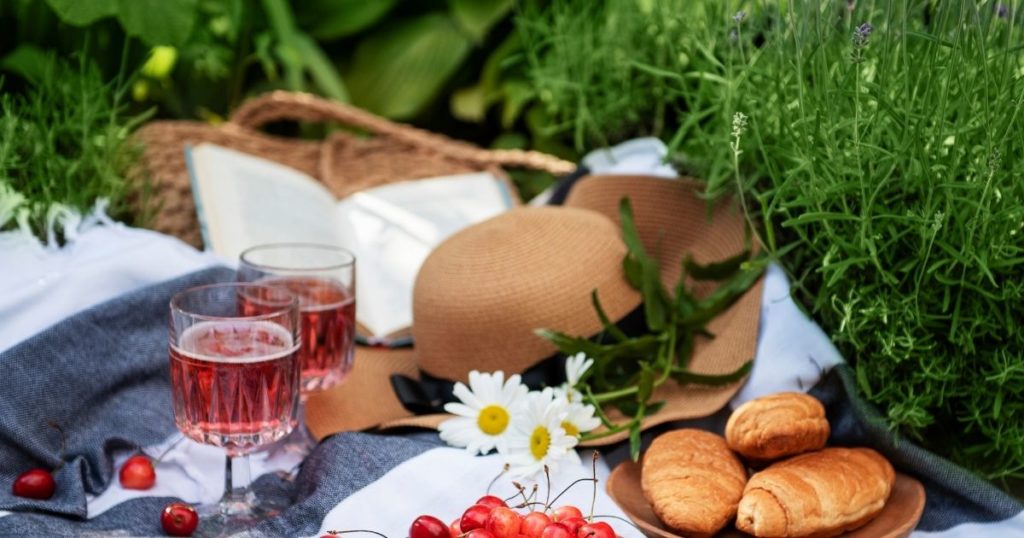
Ready to see the magnificent Loire Valley castles for yourself? It’s just a short train ride to the area from Paris and only takes a few days to see the top chateaus along the river. Spring and summer are the best times to the gardens in full bloom and take advantage of perfect picnic weather.
I’d love to help you plan a getaway to the Loire Valley on your next trip to France (or even your first!!). You can schedule a call to chat about the options here. Or, simply send me an email with any questions you might have about traveling to Paris or anywhere else in France.
Interested in reading about other regions of France? Check these out 👉 Exploring the Dordogne Region of France,6 Things to do in Bordeaux, France if you don’t drink wine and even if you do, 8 of the Most Beautiful Towns in Southeast France . Happy armchair traveling! 🇫🇷
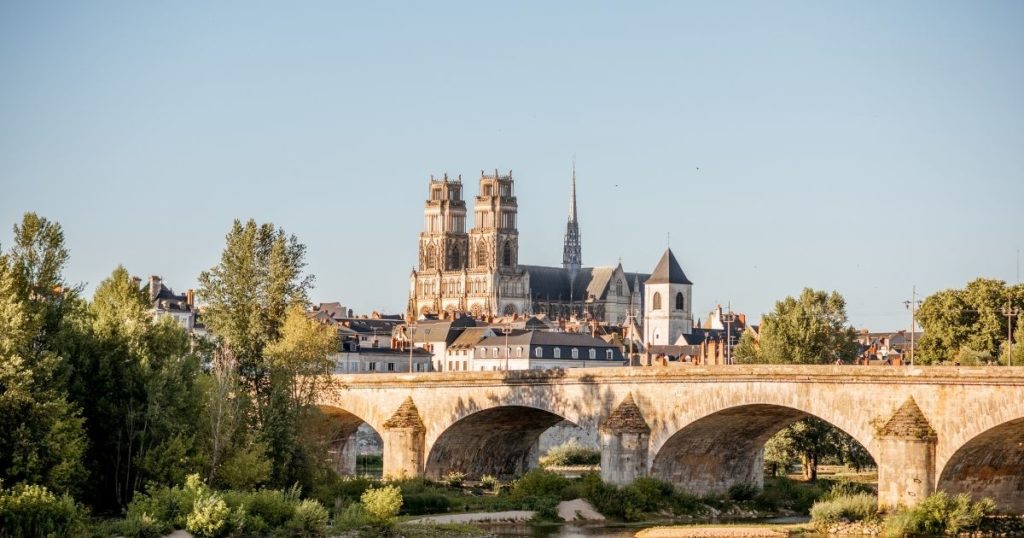
Galette du Roi – Recipe – by David Lebovitz

Serves 8 – 12
When working with puff pastry, it’s important to keep it well-chilled and work quickly when rolling as it tends to get stubborn as it warms up. Keep the second piece in the refrigerator until after you’ve rolled out the first. After rolling, brush off any excess flour. And make sure to seal the edges really well to avoid the filling leaking out.
Frozen puff pastry can often be found in the freezer section of well-stocked supermarkets. Avoid brand that list fats other than butter in the ingredients for best results. If you don’t want to use alcohol, simply omit it or use a few drops of orange flower water in its place.
Almond Filling
1 cup (100g) almond flour
1/2 cup (100g) sugar
pinch salt
zest of 1/2 orange, unsprayed
3 1/2 ounces (100g, 7 tablespoons)) unsalted butter, cubed, at room temperature
2 large eggs, at room temperature
2 teaspoons rum
1/8 teaspoon almond extract
1 pound (450g) puff pastry, divided in two pieces, chilled
a whole piece of almond or candied fruit to be the fève
Glaze
1 egg yolk
1 teaspoon milk
Method:
1. To make the almond filling, in a medium bowl, or in the bowl of a stand mixer, combine the almond flour, sugar, salt, and orange zest. Mash in the butter until it’s completely incorporated. Stir in the eggs one at a time, along with the rum and almond extract. (The mixture may not look completely smooth, which is normal.) Cover and chill.
2. Line a baking sheet with parchment paper. On lightly floured surface, roll one piece of puff pastry into a circle about 9 1/2-inches (23cm) round. Using a pot lid, plate, or bottom of springform pan as a template, trim the dough into neat circle. Place the dough on the baking sheet.
3. Cover it with a sheet of parchment paper or plastic film, then roll the other piece of dough into a circle, trim it, and lay it on top. Chill the dough for thirty minutes.
4. Remove the dough and almond filling from the refrigerator. Slide the second circle of dough and parchment or plastic from pan so that there is only one circle of dough on the parchment lined baking sheet. Spread the almond filling over the center of the dough, leaving a 1-inch (3cm) exposed border. Place an almond or piece of candied fruit to act as the fève (prize) somewhere in the almond filling, if you wish.
5. Brush water generously around the exposed perimeter of the dough then place the other circle of dough on top of the galette and press down to seal the edges very well. (At this point, you may wish to chill the galette since it’ll be a bit easier to finish and decorate, although it’s not necessary. It can be refrigerated overnight at this point, if you wish.)
6. To bake the galette, preheat the oven to 375ºF (180ºC.) Flute the sides of the dough (as shown in the photo) and use a paring knife to create a design on top. Stir together the egg yolk with the milk and brush it evenly over the top – avoid getting the glaze on the sides, which will inhibit the pastry from rising at the edges. Use a paring knife to poke 5 holes in the top, to allow steam escape while baking.
7. Bake for 30 minutes, or until the galette is browned on top and up the sides. (During baking, if the galette puffs up too dramatically in the oven, you may want to poke it once or twice again with a paring knife to release the steam.) Remove from the oven and slide the galette off the baking sheet and onto a cooling rack. The galette will deflate as it cools, which is normal. Serve warm or at room temperature.
More French recipes on the David Lebovitz blog HERE. 👨🏼🍳
At Gourmet Adventures Travel Co., I craft culinary getaways for travelers who love to eat well and yearn to truly savor the authentic side of their destination. From a river cruise through Provencal wine country to a journey through the heady spice markets and medinas of Morocco, you'll taste your way through the world's most enchanting landscapes.
HOME
ABOUT
TRAVEL SERVICES
FRANCE QUIZ
DESTINATIONS
PRIVACY POLICY
CONTACT US
TRAVEL BLOG
SITE TERMS